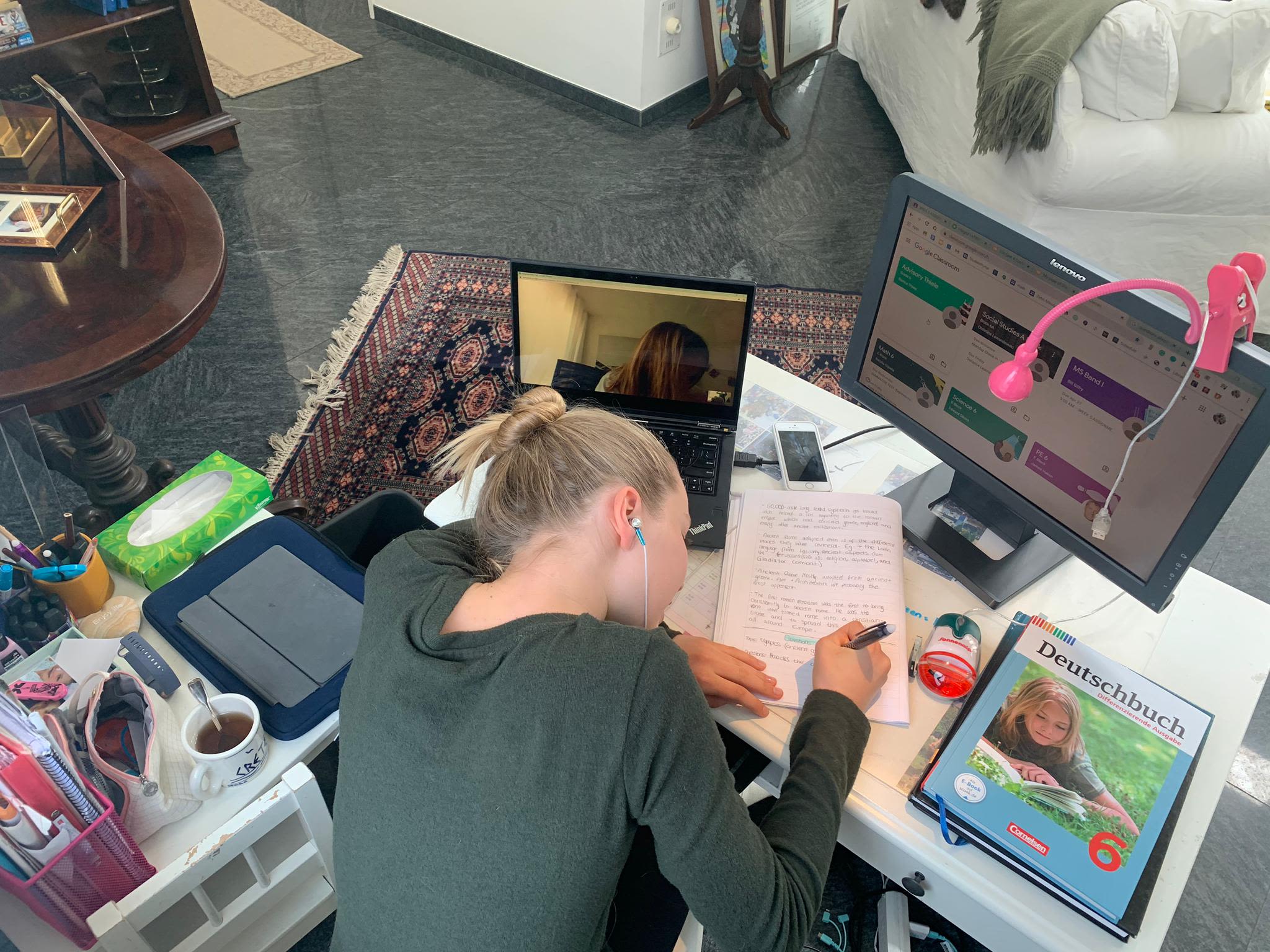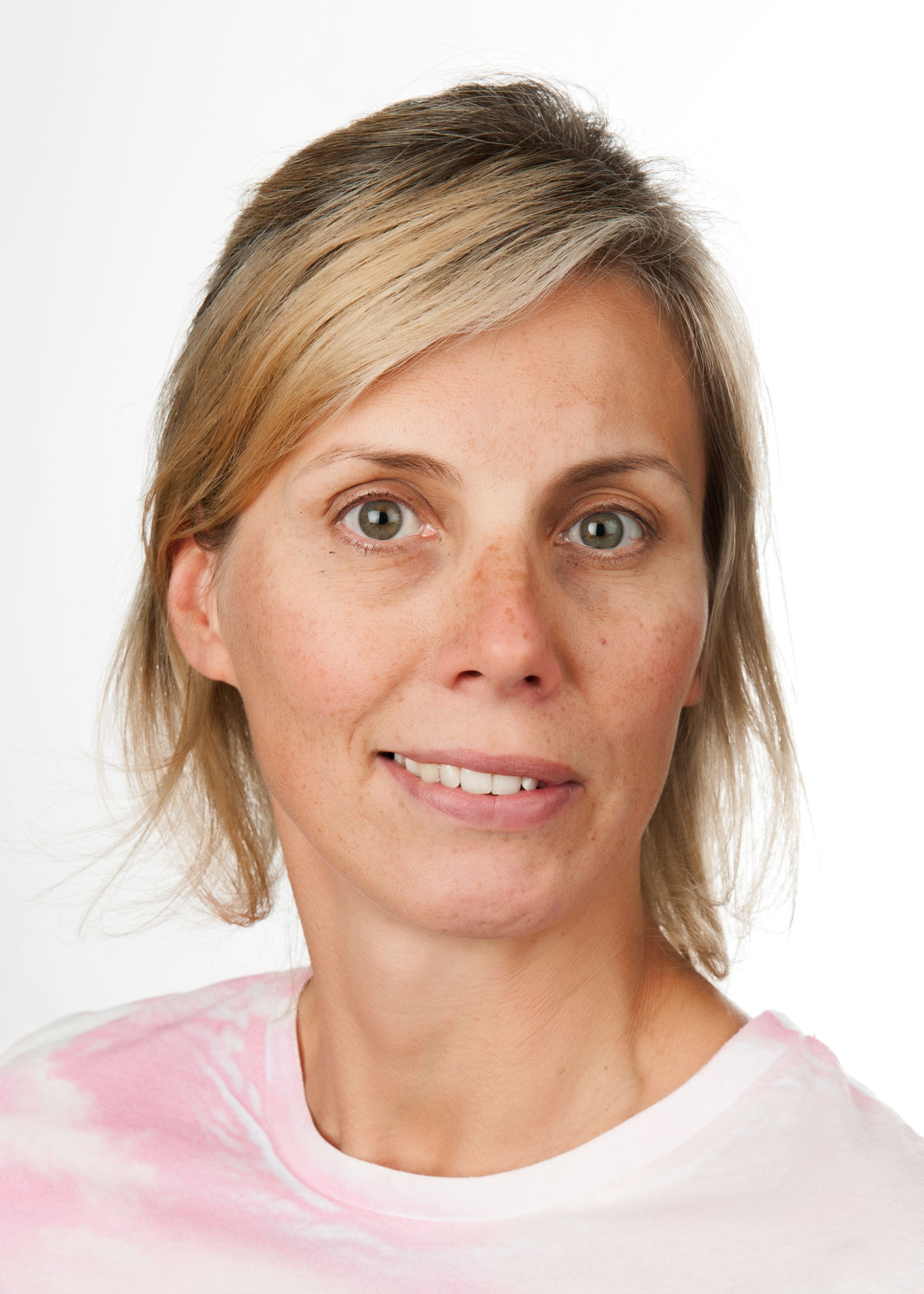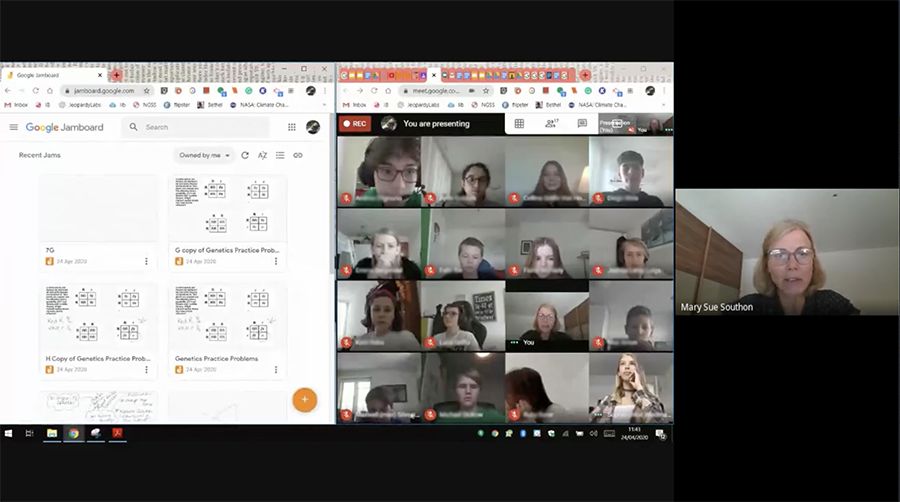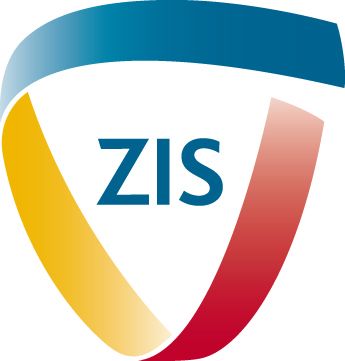Continuous Learning Plan
A teacher's experience - Mary Sue Southon

Mary Sue Southon is a Maths and Science teacher for students in Grade 6 to 8 (aged from 12 to 14 )

Mary Sue Southon, Maths and Science Teacher
Mary Sue Southon, Maths and Science Teacher
One of the best things to emerge from the recent situation is that students are taking more responsibility for their own learning. They have to be active learners and take ownership of their learning if they want to be successful online. If there’s something they don’t understand, they know they can call me. They are more empowered to ask questions and develop their understanding, and the conversation is driven by them from where they are.
My Middle School students are awesome, they’ve been really great in “class”. We hold 30-minute lessons in the morning and then the afternoon is reserved for one-to-ones or small group work. Online classes have been very orderly, even putting their hands up – on screen – to ask a question. I struggled at first; I told them I need to hear them, to know if they understand. It was important to have feedback to know what worked. I told them they’re not going to hurt my feelings; we are a team and if they don't tell me, then I can't get better.
I’ve actually enjoyed the challenge of working online but I wouldn’t want this to be forever – I hate sitting at a desk all day in front of a screen and I love the spontaneity of class. In a perfect world, we would use a hybrid of online and classroom teaching. The biggest challenge of teaching science online is the lack of practical experiments, as we usually do loads of hands-on stuff in class and I miss it. But we have managed some experiments – I’ve had them dissecting a chicken wing, taking the skin off to look at muscle and bone structure. They also had to extract DNA from strawberries, and to build a model of a DNA molecule. There are lots of great simulations online but it is not the same as doing it yourself. Plus, simulations always give perfect results – when does that ever happen in a science class?
Online, you have to create lessons that are truly engaging, not just lessons that deliver content. This has to involve them thinking rather than just “doing” and moving through a checklist. Asking students to understand the concepts and the possible applications and implications is key. In science, we’ve been talking about evolution by natural selection and genetics. We started the unit looking at the tree of life and the rich biodiversity on our small planet and we ended by discussing cloning, gene editing (CRISPR) and the possible future applications of these technologies – things like designer babies, gene therapy and genetically modified crops.
Students are way better at tech than I am. Just before lockdown, I got a new iPad with a pencil – being able to work with students in real time has been great. We use interactive whiteboards that allow us to collaborate either as a class or in small groups. As I’m dyslexic, I teach the way I would want to be taught – I love colourful mind maps, thought bubbles and annotations. Interactive whiteboards are great for teaching maths too – we can work on problems together on the same screen.

I can honestly say that the students haven't missed out this quarter. In terms of knowledge and concepts, we have covered the same areas as we would have in person, but a lot of work has gone in to making that happen. I am creating every lesson from scratch because I am not able to have discussions around a lab. Teaching is really deliberate and creative, each step is planned in a very strategic way, thinking about what they need to make the next jump.
You have to be creative to help engage and motivate. Being organised helps, but good teaching is more than that. It’s giving kids enough pieces of the puzzle so they have that ‘Aha!’ moment where they put the pieces together and create the picture themselves. Not everyone will get it on first pass, but along the way they make more connections. And those moments are the ones you cherish.
Online teaching looks different from classroom teaching but requires the same teaching skills – when I realised this it was a huge relief! After several weeks online, I think we’ve made great progress, but there is always more to learn!
